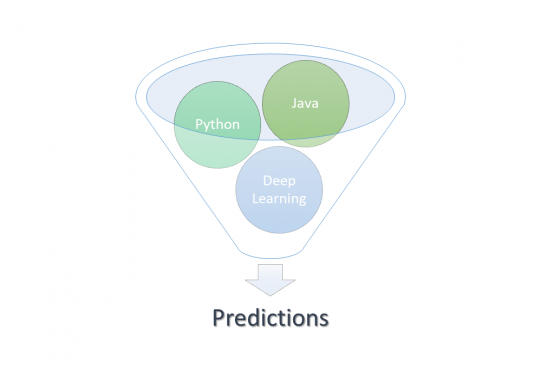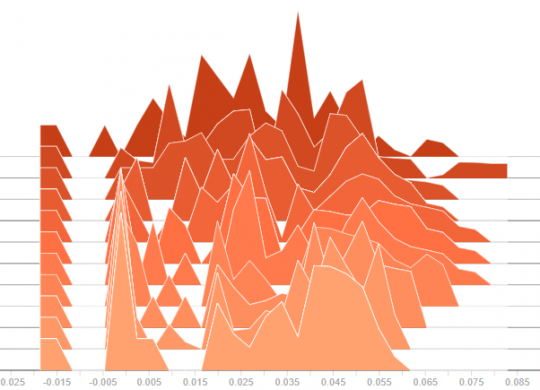Recently, I wrote a post about the tools to use to deploy deep learning models into production depending on the workload. In this post I will show in detail how to deploy a CNN (EfficientNet) into production with tensorflow serve,…
keras
After weeks of training and optimizing a neural net at some point it might be ready for production. Most deep learning projects never reach this point and for the rest it’s time to think about frameworks and technology stack. In…
There is a lot of confusion about return_state in Keras. What does ist actually return and how can we use it for stacking RNNs or encoder/decoder models. Hopefully this post makes it a bit clearer. Cell state vs Hidden state…
This post is about how to snapshot your model based on custom validation metrics. First we define the custom metric, as shown here. In this case we use the AUC score: import tensorflow as tf from sklearn.metrics import roc_auc_score def…
Keras offers some basic metrics to validate the test data set like accuracy, binary accuracy or categorical accuracy. However, sometimes other metrics are more feasable to evaluate your model. In this post I will show three different approaches to apply…
Besides computer vision, artificial neural networks (ANNs) are also very popular in natural language processing. Automatic translation or sentiment analysis of reviews are well known areas, where (recurrent) neural networks are used a lot. Around natural language understanding, there are…
In this post I will show how to combine features from natural language processing with traditional features (meta data) in one single model in keras (end-to-end learning). The solution is a multiple inputs model. Problem definition Scientific data sets are…





